In total, the federal government has committed an additional $539.2 million to new “clean” energy projects, with critics quickly noting the government’s interest in controversial carbon capture technology as well as blue, brown and grey hydrogen is more of a thinly veiled act of support for fossil fuels than genuine climate action.
Hydrogen boost
Nonetheless, the $275.5 million earmarked for hydrogen includes money to implement a clean hydrogen certification scheme, which was warmly welcomed by the Australian Hydrogen Council as a “critical step that will give our trading partners confidence.” Thankfully, few seem as credulous as the federal government to the future of fossil fuels in the budding hydrogen sector.
The main focus of the extra hydrogen funding, however, will be to develop four more hydrogen production hubs in regional areas. Potential locations for regional hydrogen hubs include:
- the Latrobe Valley (Victoria)
- Darwin (Northern Territory)
- Pilbara (Western Australia)
- Gladstone (Queensland)
- Hunter Valley (New South Wales)
- Bell Bay (Tasmania)
- Eyre Peninsula (South Australia).
The hydrogen funding will be dolled out over five years, while money for carbon capture technology will be allocated over decade. The extra federal funding comes as most of Australia’s states and territories are also throwing money behind hydrogen projects in a groundswell to make Australia a key player in the global hydrogen export market by 2030. The aim is to drive down the cost of hydrogen production to less than $2 a kilogram so it can compete against fossil fuels.
“This funding for clean hydrogen hubs is exactly the kind of investment we need from federal government to propel the Australian hydrogen industry forward to ensure we are competitive globally,” CEO of the Australian Hydrogen Council, Dr Fiona Simon, said.
“Australia can step up to the mark and be a leader in hydrogen exports, while also creating thousands of sustainable jobs at home.”
“We look forward to working with the federal government to develop clean hydrogen hubs, progress hydrogen projects across the nation and create a robust certification process,”
Prime Minister Scott Morrison said the extra $539.2 million in funding will create 2500 jobs, though his statement did not clarify specifically where he believes those jobs will come from.
Carbon Capture and Storage Funding
The $263.7 million the government devoted to Carbon Capture and Storage (CCS) research and hubs was received more coldly, indicative of the way the technology is view by many in the clean energy industry – which is far less convinced than government of its relevance.
With the money, the government is seeking to develop CCS hubs potentially in:
- Moomba (South Australia)
- Gladstone (Queensland)
- the Darling Basin (New South Wales)
- the North West Shelf, Bonaparte Basin and south western regions of Western Australia
- Darwin (Northern Territory).
Western Australia is already home to the world’s largest CCS project, which attached to the Gorgon Gas Plant. Australia’s Climate Council say the project is proof CCS technology simply “doesn’t work.”
“Carbon capture and storage in the fossil fuel sector is best described as an expensive failure,” the Council’s website reads. “After decades of CCS research and billions of dollars invested around the world, including here in Australia, there is little to show for it. In fact, when CCS is attached to coal and gas power stations it is likely to be at least six times more expensive than electricity generated from wind power backed by battery storage.
“There are still no successful projects operating anywhere in the world.”
The Clean Energy Council’s Chief Executive, Kane Thornton, responded to the news similarly. “Australian taxpayers have very little to show for over $1 billion spent so far in support of CCS, and it would be a far better outcome to channel this funding into driving down the cost of renewable hydrogen,” he said in a statement.
Global Climate Summit
The Biden administration, which is leading the virtual climate summit beginning on Thursday evening, has dramatically shifted the United States’ direction on climate action in its first 100 days of power.
It is expected the global leader will announce more ambitious 2030 targets after already committing to net zero greenhouse gas emissions by 2050.
Prime Minister Scott Morrison’s new funding allocations and change in rhetoric look rather lacklustre in comparison. On Monday, however, Morrison did concede Australia’s energy mix needs to change over the next 30 years “on the road to net zero emissions.”
The Coalition has come under fire for refusing to follow the rest of the world’s 2050 targets. A stance which is looking increasingly untenable as global cooperation mounts, and which Morrison’s recent comments seem to acknowledge.
“We cannot pretend the world is not changing,” Morrison said on Tuesday. ”If we do, we run the risk of stranding jobs in this country, especially in regional areas.”
“There is a strong appetite from business for the new emissions reduction technologies that they know will be needed to run their operations and keep employing Australians and grow jobs for the future,” he said.
This content is protected by copyright and may not be reused. If you want to cooperate with us and would like to reuse some of our content, please contact: editors@pv-magazine.com.
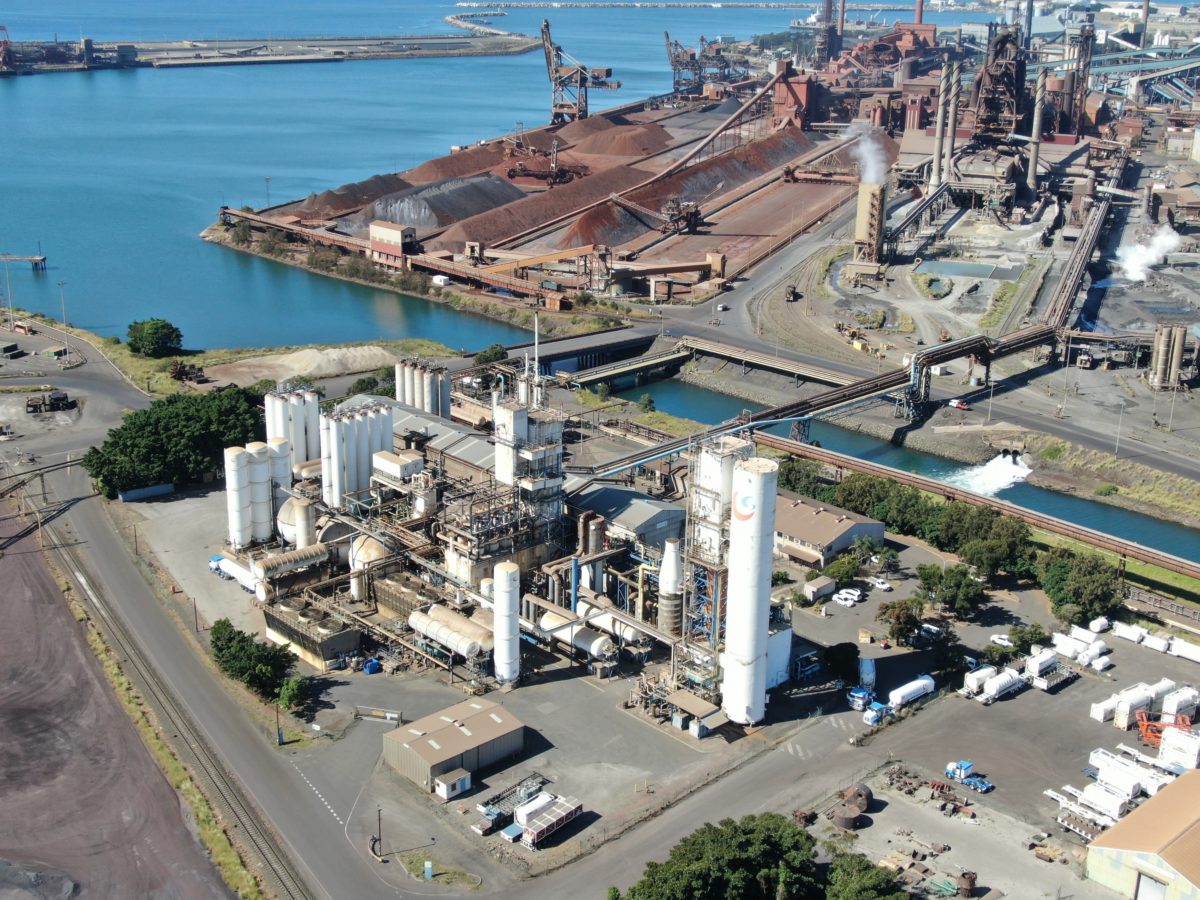
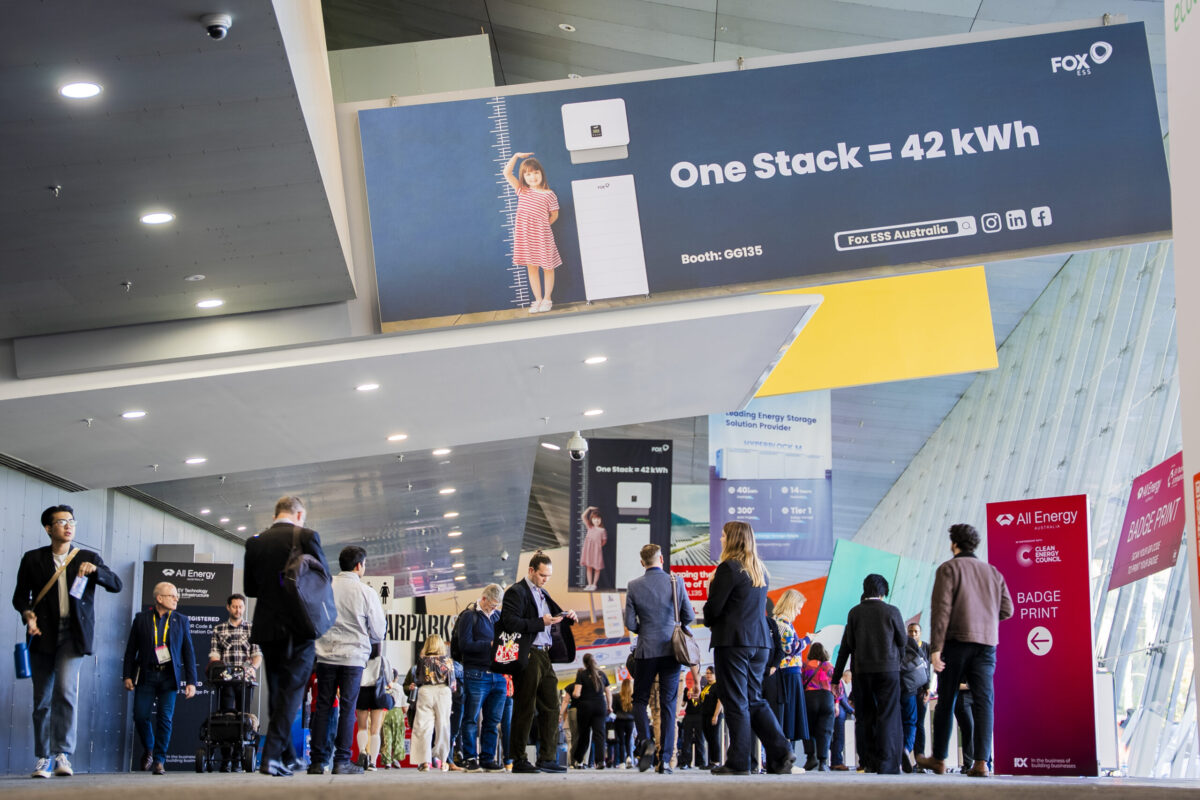



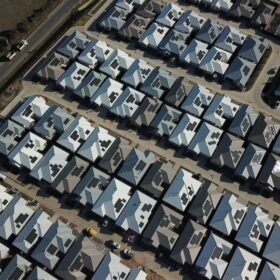
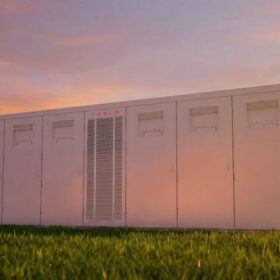
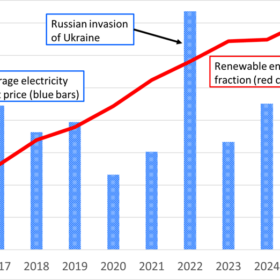
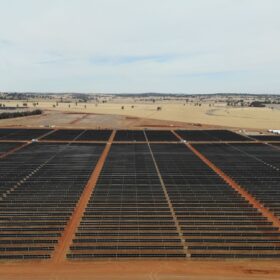
The joint Victorian and Japanese government’s project to produce hydrogen from brown coal in the Latrobe valley will generate more than twice the carbon dioxide than if the same amount of electricity was generated by simply burning a smaller amount of brown coal. Even with CCS the carbon dioxide will not be smaller than by burning the smaller amount of brown coal.
Been reading a lot about the hydrogen fuel & I firmly believe that thermal constant energy will be the answer. Also using existing & new gas-lines for transporting fuel to the refueling stations makes a lot of sense. Developing other super fuels from this process along with nitric oxide for fertilizer etc. shows a lot of promise for many industries. Converting the standard gas pumps to hydrogen would be so practical & could save a lot of existing employment. Interesting publication, thank you so much.